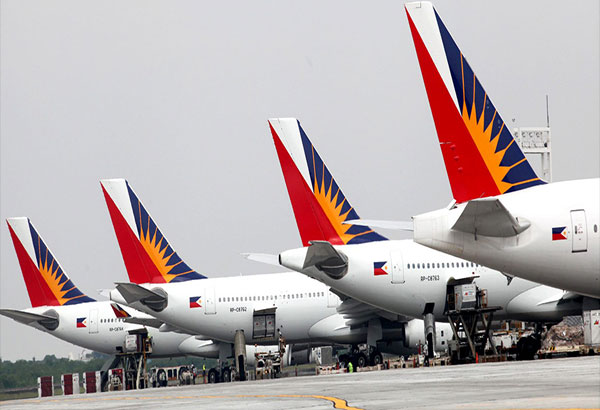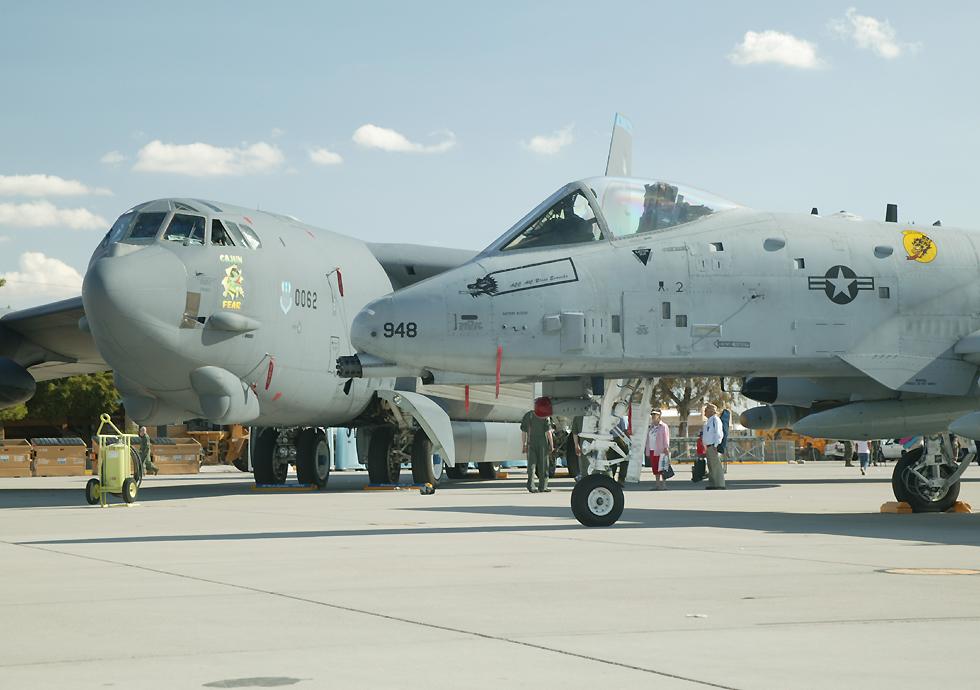30 March 2016
Emirates Airlines begin its inaugural triangular flight to Cebu and Clark as the Boeing 777-300ER plane touched down at 3:40pm on Wednesday at Mactan Cebu International Airport, strengthening international connectivity to two of the Philippines’ fastest-growing international hubs.
"The circular flight with rights to two domestic destination is a new trend for Emirates catering to the market demand," Badr Abbas, Emirates' Senior Vice President, said during a press conference at the Cebu International Airport. The flight operates on Dubai-Cebu-Clark-Dubai route.
Emirates flights to Cebu and Clark depart daily from Dubai as EK338 at 02:55 hours, arriving at Mactan-Cebu International Airport at 15:50 hours. The service then departs from Cebu at 17:20 hours and arrives at Clark International Airport at 18:50 hours. The return flight departs Clark at 20:20 hours, arriving at Dubai International Airport at 01:20 hours the next day.
The airline operates 25 flights weekly to Dubai in the United Arab Emirates.
March 27, 1996: Emirates introduced a bigger aircraft, Boeing 777 on the route, used interchangeably with Airbus A330.
March 1, 2007: From 10 flights per week, Emirates commences its two flights daily non-stop on the Manila–Dubai route.
February 18, 2014: Emirates first flight to Clark. The airline flew daily using B777-300ER until it susspends service after six months of operations due to poor sales on May 1, 2014.
October 7, 2014: Emirates introduced A380 special commercial flight to Manila which brought home more than 300 passengers.
In 2013, Emirates invested almost $100 million through direct expenditures of ground handling company DNATA in the Philippines.
March 29, 2016: Emirates increases its Dubai-Manila (DXB-MNL) flights with additional four weekly flights.
March 30, 2016: Emirates launches its first Dubai-Cebu-Clark-Dubai circular service, marking its first entry in Cebu City and its re-launch in Clark, where we first started in 2013.
WATER CANNON SALUTE. Friends, let's welcome the lovely Boeing 777 from Dubai! #DubaiCebu #WelcomeEmirates #StartHere pic.twitter.com/S8rHoFr9KM— Mactan Cebu Airport (@MactanCebuAirpt) March 30, 2016
Emirates Airlines begin its inaugural triangular flight to Cebu and Clark as the Boeing 777-300ER plane touched down at 3:40pm on Wednesday at Mactan Cebu International Airport, strengthening international connectivity to two of the Philippines’ fastest-growing international hubs.
"The circular flight with rights to two domestic destination is a new trend for Emirates catering to the market demand," Badr Abbas, Emirates' Senior Vice President, said during a press conference at the Cebu International Airport. The flight operates on Dubai-Cebu-Clark-Dubai route.
Emirates flights to Cebu and Clark depart daily from Dubai as EK338 at 02:55 hours, arriving at Mactan-Cebu International Airport at 15:50 hours. The service then departs from Cebu at 17:20 hours and arrives at Clark International Airport at 18:50 hours. The return flight departs Clark at 20:20 hours, arriving at Dubai International Airport at 01:20 hours the next day.
The airline operates 25 flights weekly to Dubai in the United Arab Emirates.
Emirates Timeline in the Philippines
June 17, 1990: Emirates launched their twice a week flights on the Manila–Bangkok–Dubai route, and once a week flight on the Manila–Dubai route using an A310 and A300 aircraft interchangeably.March 27, 1996: Emirates introduced a bigger aircraft, Boeing 777 on the route, used interchangeably with Airbus A330.
March 1, 2007: From 10 flights per week, Emirates commences its two flights daily non-stop on the Manila–Dubai route.
February 18, 2014: Emirates first flight to Clark. The airline flew daily using B777-300ER until it susspends service after six months of operations due to poor sales on May 1, 2014.
October 7, 2014: Emirates introduced A380 special commercial flight to Manila which brought home more than 300 passengers.
In 2013, Emirates invested almost $100 million through direct expenditures of ground handling company DNATA in the Philippines.
March 29, 2016: Emirates increases its Dubai-Manila (DXB-MNL) flights with additional four weekly flights.
March 30, 2016: Emirates launches its first Dubai-Cebu-Clark-Dubai circular service, marking its first entry in Cebu City and its re-launch in Clark, where we first started in 2013.










